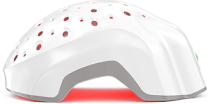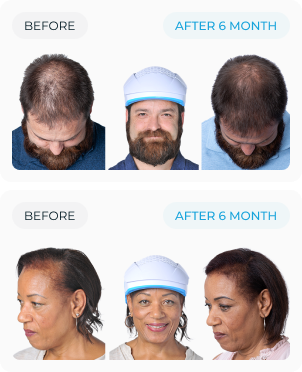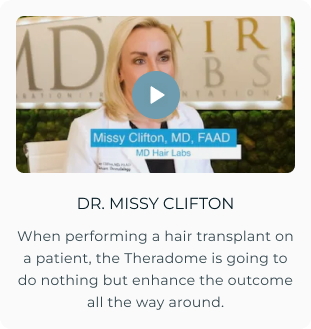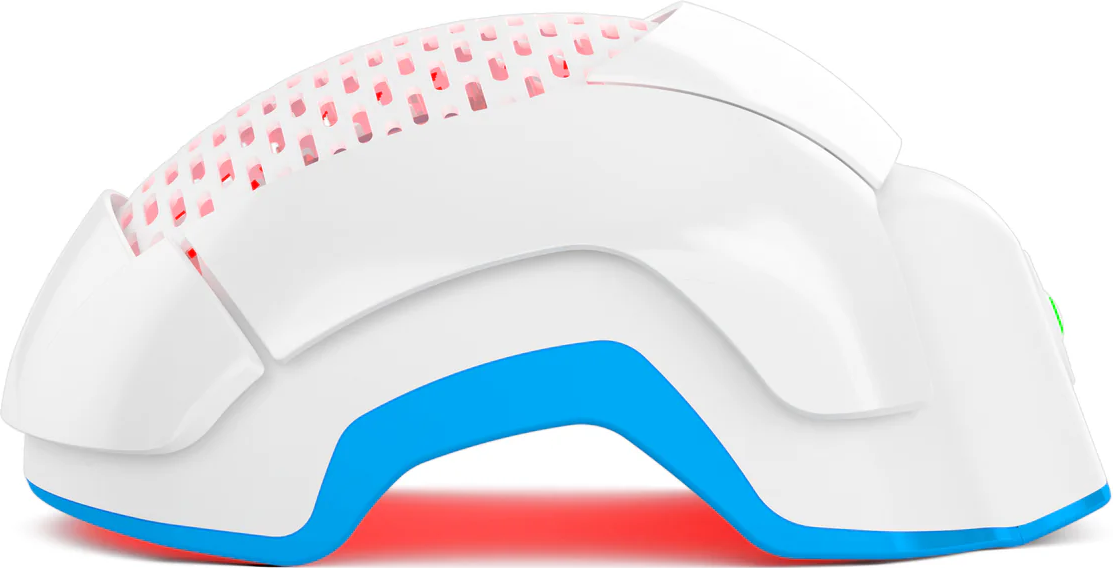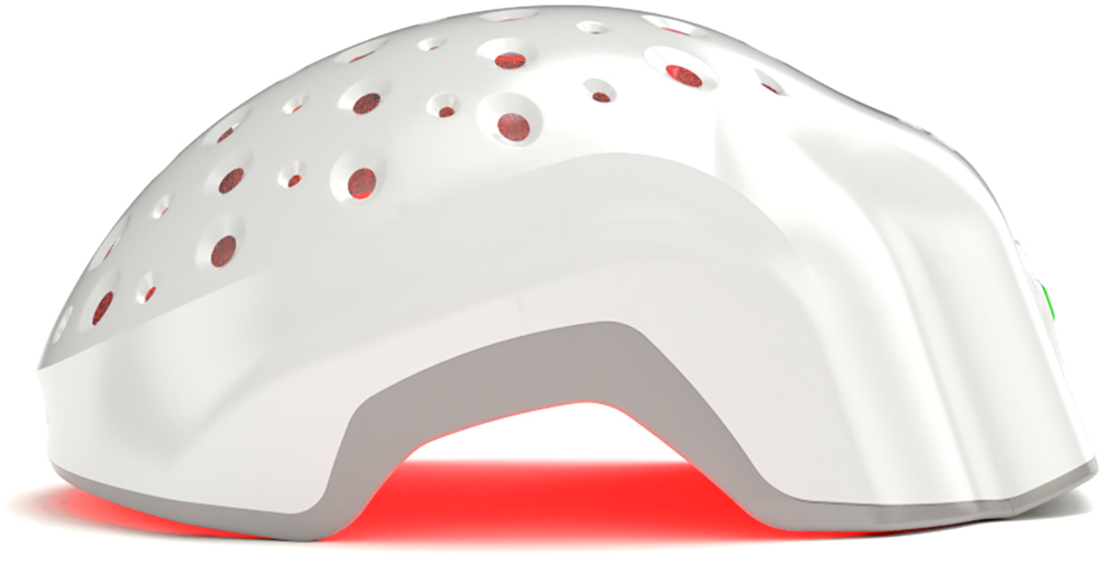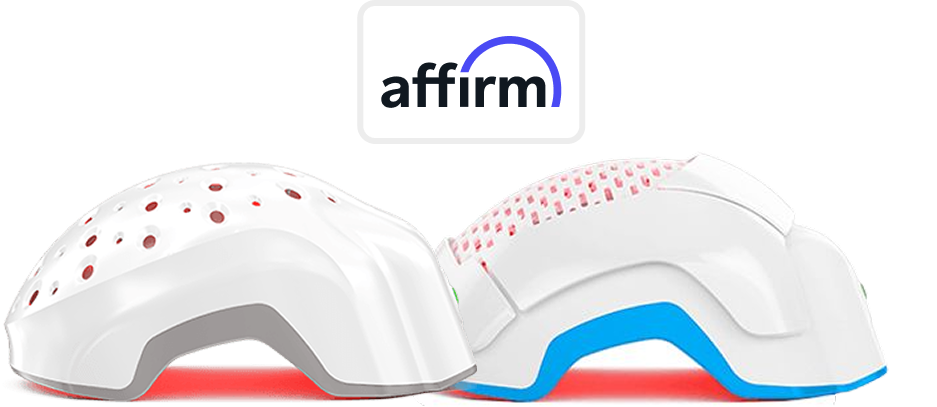Let’s be honest—stem cell therapy for hair loss sounds like the sort of phrase you’d expect to hear next to flying cars and lab-grown organs. The name alone feels expensive. Futuristic. Suspiciously hopeful. And yet, here it is—offered in high-end clinics, whispered in dermatologist waiting rooms, and flooding Google searches.
The idea is seductive: inject your own stem cells into thinning areas and coax your follicles back into action. No drugs, no surgery, no overnight hat routines. Just science. Or at least that’s the pitch. But what’s the data actually saying—and who’s selling wishful thinking?
Some studies show actual regrowth, especially for androgenetic alopecia. But there’s a fine print worth reading. Because stem cell therapy might help, sure—but it’s not for everyone, it’s far from standardized, and it might cost more than a small used car.
In this article, we’ll discuss the method, the results, the realities, and the reasons why this buzzword might—or might not—earn its spot in your treatment plan.
What is a Stem Cell?
Stem cells are unspecialized, undifferentiated, and brimming with potential. They are like biological interns that can be trained into anything from skin to muscle to hair follicle-supporting cells. They play a foundational role in regenerative medicine, thanks to their unique ability to self-renew and differentiate into specialized cell types.
In the context of hair, stem cells help rebuild the microenvironment that fuels follicle function. Clinical studies have found that the bulge area of the follicle — a key reservoir of epithelial stem cells — is critical for initiating new hair growth cycles. So, it’s no surprise that researchers are exploring stem cell therapy as a tool to restore this regenerative capacity when follicles go quiet.
How Stem Cell Therapy Works for Hair Growth?
Stem cell hair regrowth treatment isn’t one-size-fits-all. The most common method involves harvesting stem cells from the patient’s own fat tissue (adipose-derived stem cells), then injecting the processed cells back into the scalp. These stem cell scalp injections for hair loss are thought to boost follicle health by releasing growth factors, reducing inflammation, and promoting angiogenesis — all essential for reactivating sluggish follicles.
Another method pulls from bone marrow or even umbilical cord tissue in lab-prepared formats, though autologous (self-derived) cells tend to be more widely used due to lower rejection risks. There’s also growing interest in exosomes — tiny extracellular vesicles released by stem cells that may carry regenerative signals.
In short, stem cell therapy for hair loss is less about forcing new follicles to form and more about reconditioning the ones you still have. The results depend heavily on how many viable follicles remain and how well your body responds to the regenerative cues.
Who Is Most Likely to Benefit?
This treatment isn’t a miracle for slick bald pates. If you’re in the early or moderate stages of androgenetic alopecia (pattern hair loss), you’re in the sweet spot. That’s when stem cell therapy can support the follicles that are still alive but underperforming.
For those with advanced baldness or scarring alopecia, the odds drop significantly. Stem cell therapy can’t resurrect dead follicles.
What Are the Safety & Side Effects of Stem Cell Therapy?
Most clinical studies show stem cell therapy to be well tolerated, with only minor side effects reported. Common complaints include slight redness or swelling at the injection site, temporary bruising, or mild discomfort.
However, it’s not completely risk-free. Longer-term safety data is still lacking. The theoretical risk of tumorigenicity (abnormal cell growth) exists, especially with poorly regulated products. Until standardized protocols are established, this area deserves close scrutiny.
Potential side effects include:
- Minor scalp irritation
- Swelling or tenderness
- Bruising or hematoma
- Allergic response (rare)
What Is the Success Rate of Stem Cell Therapy?
Early-stage studies have reported hair density improvements ranging from 23% to 33% over a period of 3–6 months after stem cell injections. A study in 2017 reported 29% increase in hair density over 23 weeks after the stem cell treatment.
Others show improved follicle diameter and reduced telogen (resting phase) counts. Promising? Absolutely. But “moderate” is the keyword here — and success heavily relies on how many follicles you’ve got left to stimulate.
What Are the Limitations of Stem Cell Therapy?
-
Lack of standardization: Techniques vary wildly. No unified consensus on ideal cell source, dosage, or session frequency.
-
Limited long-term data: Most studies run under 12 months, and few include large sample sizes.
-
Cost and complexity: Prices can hit several thousand dollars per session, and not all clinics follow transparent or regulated protocols.
Who Should Consider Stem Cell Hair Therapy?
- If your hair loss is in the early to moderate range and you’re not thrilled about surgery — this might be for you.
- If you’re completely bald or dealing with scarring alopecia — results will likely disappoint.
- If you're already using FDA-approved treatments but want to add a little regenerative push — worth considering.
Cost & Treatment Timeline
Most stem cell hair restoration sessions range from $3,000 to $10,000 depending on the clinic, number of sessions, and whether it's combined with other therapies like PRP. Maintenance may be needed annually.
Results usually appear gradually within 3 to 6 months. Full effects may take up to a year — and aren’t guaranteed to last without upkeep.
What Are the Alternatives to Stem Cell Therapy?
1. Topical Medications
FDA-approved treatments like minoxidil stimulate follicle activity and lengthen the anagen (growth) phase. They’re proven, affordable, and accessible — though they require daily use.
2. Hair Transplants
A surgical option that physically relocates follicles from dense areas to thinning ones. Effective, permanent, but invasive and pricey.
3. PRP (Platelet-Rich Plasma)
Platelet-Rich Plasma (PRP) Therapy uses your own blood’s growth factors to stimulate follicles. Less invasive and more affordable than stem cell therapy, with reasonable results in early-stage thinning.
4. Laser Therapy (LLLT)
Devices like the Theradome Laser Helmet use a specific wavelength of 680 nanometers — a clinically superior red light — to stimulate circulation and cellular metabolism in the scalp. It's non-invasive, painless, and backed by three proven clinical trials that confirm its safety and suitability for both men and women.
Conclusion
Stem cell therapy for hair loss is a thrilling frontier in regenerative dermatology — but not a miracle solution. If you’re catching your thinning early and still have active follicles, it may help boost density and reduce shedding. But long-term outcomes, safety, and standardization still lag behind the hype.
For now, it’s best used as part of a broader hair-saving strategy: one that includes lifestyle changes, proven topical treatments, and scalp-friendly tech like Low-Level Laser Therapy (LLLT).
Want to support your follicles without breaking the bank? Theradome’s FDA-cleared laser therapy might just give you more hair mileage per dollar — with zero needles attached.



